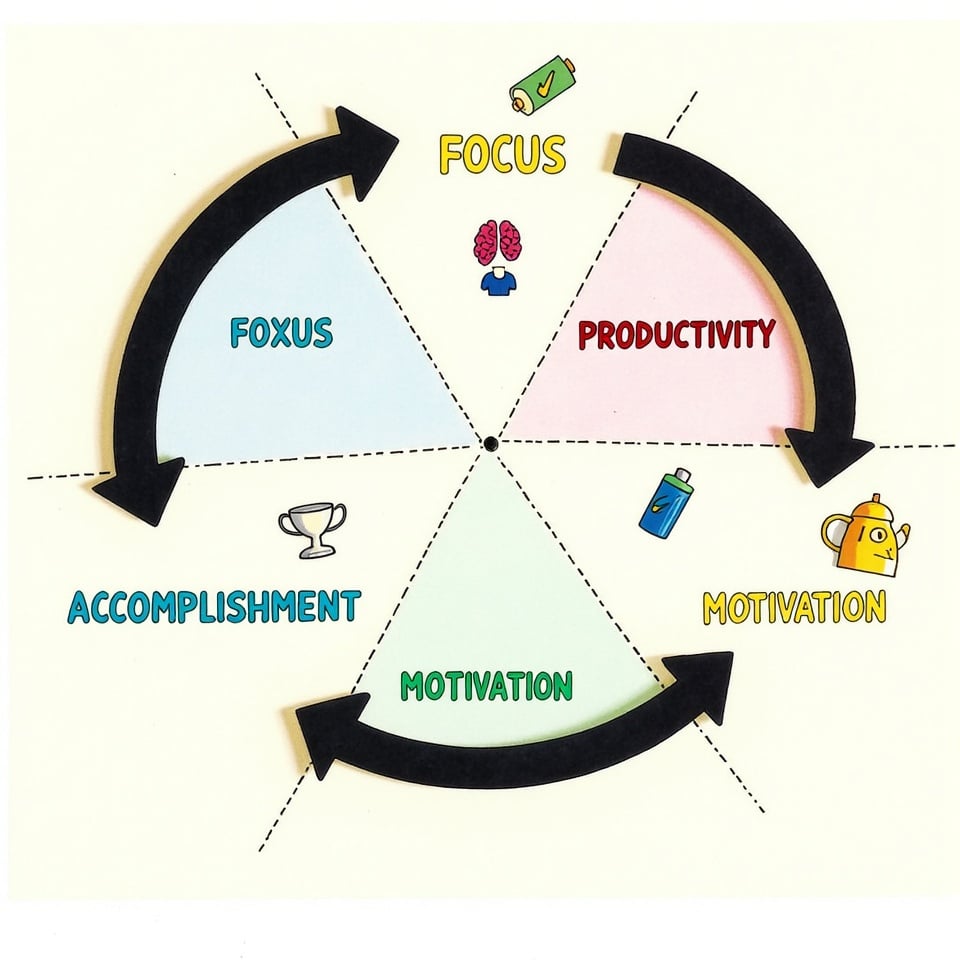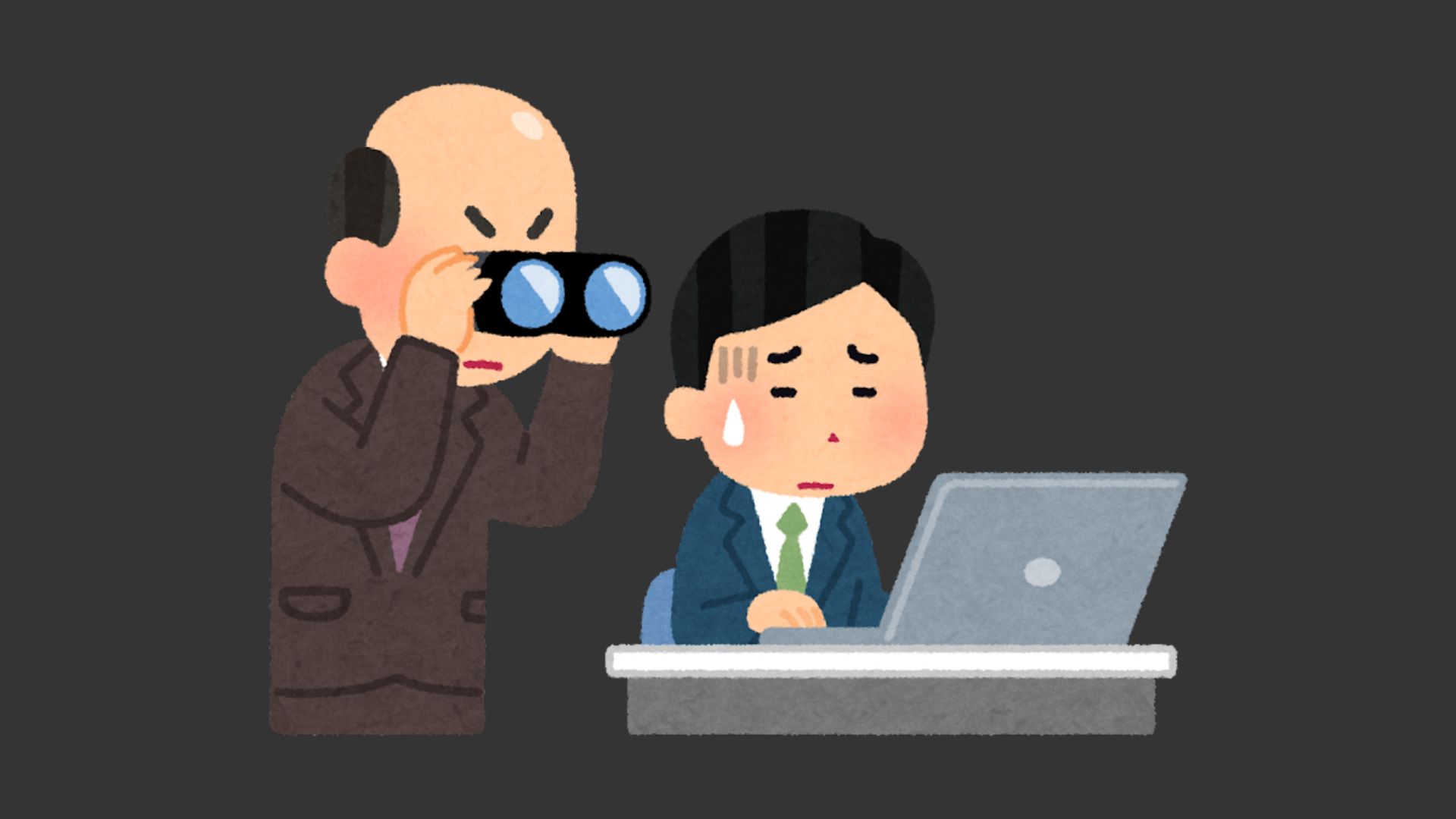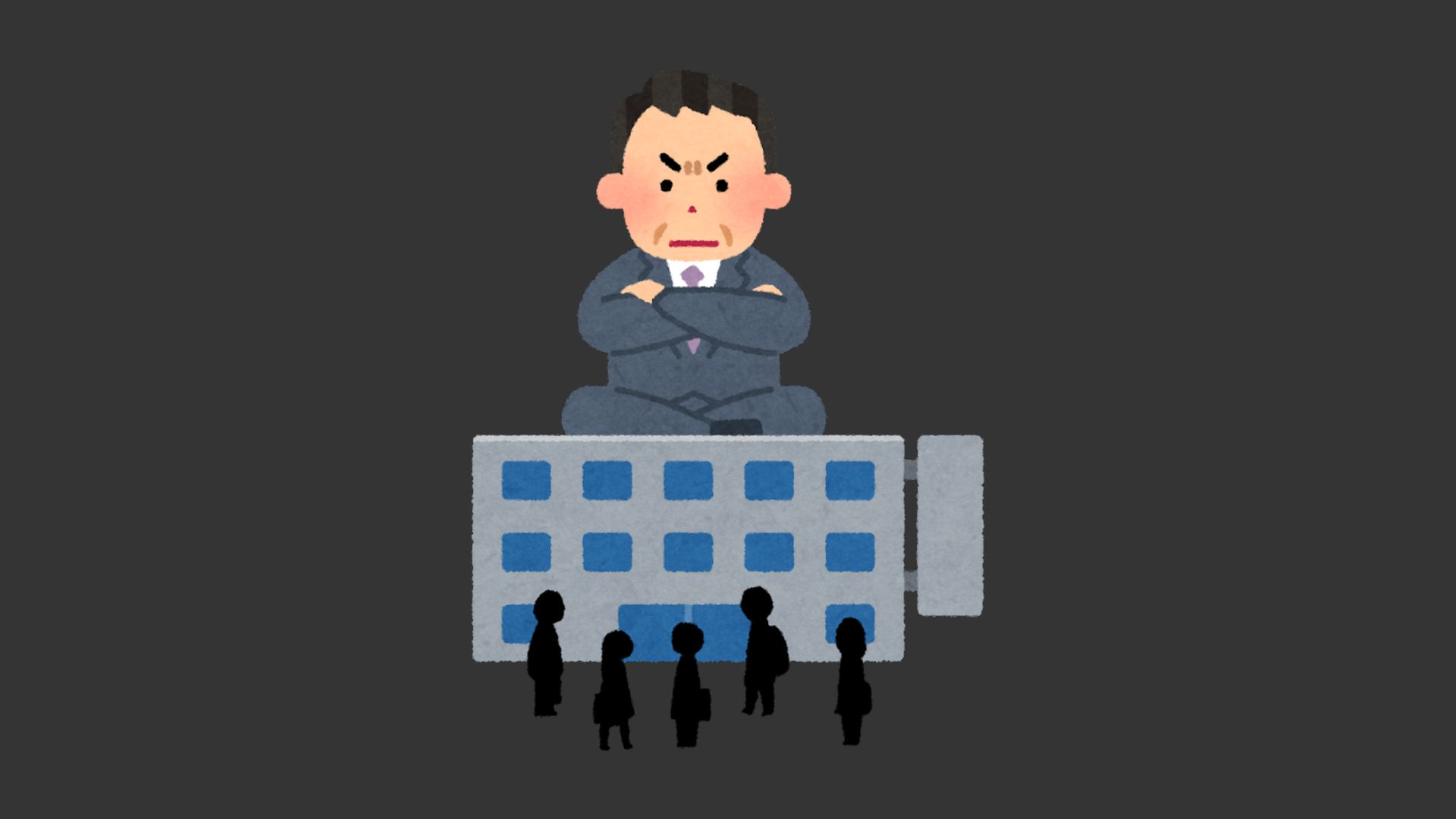Ever caught yourself puzzling over “adverse” and “averse“? You’re not alone!
Like many commonly confused words in English, these two terms might look and sound similar, but they tell very different stories. They’re those tricky word pairs that can make even confident writers pause and second-guess themselves.
Let’s make this crystal clear.
- Adverse means unfavorable or harmful conditions working against you. Think of adverse weather conditions during a camping trip – definitely not what you hoped for!
- Averse means having a strong dislike or opposition to something. It’s like when someone is averse to spicy food – they’ll do anything to avoid that hot sauce!
Think of it this way: Adverse describes negative external circumstances, while averse describes personal feelings or attitudes.
Make sense?
Let’s explore these words further so you can use them confidently in your writing and conversations. Trust me – once you understand the difference, you’ll never mix them up again!
What does adverse mean?
Adverse refers to something harmful, unfavorable, or working against you – basically, it’s the universe throwing obstacles your way! Let’s break it down:
Key Points About Adverse:
- It describes negative external conditions or circumstances
- It’s about situations, not personal feelings
- Think “adverse effects” or “adverse conditions”
Real-Life Examples:
✓ The hikers faced adverse weather conditions (heavy rain and strong winds)
✓ The new medication may cause adverse side effects
✓ The team played through adverse circumstances when half their players got sick
Pro Tip: Remember “adverse” by thinking of “adversary” – both words deal with things that work against you!
Common Phrases Using Adverse:
- Adverse reaction
- Adverse impact
- Adverse outcome
- Adverse consequences
Here’s a Simple Way to Remember:
If you’re describing something negative happening TO you (like bad weather or unfortunate events), use “adverse.”
Think of it this way: Adverse is about external situations that are unfavorable – things beyond your control that make life a bit more challenging!
What does averse mean?
Averse describes a strong personal feeling of dislike or opposition – it’s all about how YOU feel about something! Think of it as your internal “nope” button.
Key Points About Averse:
- It describes personal feelings or attitudes
- Always used with “to” (averse to)
- Reflects individual preferences or dislikes
Real-Life Examples:
✓ I’m averse to taking risks with my savings
✓ My cat is averse to water (aren’t they all?)
✓ She’s averse to working late on Fridays (who isn’t?)
Pro Tip: Think “A-verse” = “A-void” – when you’re averse to something, you want to avoid it!
Common Phrases Using Averse:
- Risk-averse
- Averse to change
- Averse to conflict
- Averse to making decisions
Quick Memory Trick: If you can replace your sentence with “opposed to” or “having a dislike for,” use “averse.”
For Example:
- “I’m averse to spicy food” = “I’m opposed to spicy food”
- “She’s averse to public speaking” = “She has a dislike for public speaking”
Remember: Averse is about YOUR feelings – it’s personal! When you’re describing how someone feels about something (usually negative), averse is your go-to word.
When to use Adverse vs. Averse
When to Use Each Word
Quick Decision Guide:
- Use “adverse” for external situations affecting you
- Use “averse” for personal feelings about something
Let’s Compare Them Side by Side:
Adverse (External Situations):
✓ Adverse weather conditions
✓ Adverse effects of medication
✓ Adverse market conditions
✗ NOT “I’m adverse to the idea” (incorrect!)
Averse (Personal Feelings):
✓ Averse to taking risks
✓ Averse to change
✓ Averse to the idea
✗ NOT “Averse weather conditions” (incorrect!)
Try This Simple Test:
- Is it about an external situation? → Use adverse
- Is it about personal feelings? → Use averse
- Can you add “to” after the word? → Probably averse
Real-Life Examples Compared:
- The hike was canceled due to adverse weather (external condition)
- I’m averse to hiking in the rain (personal feeling)
Common Mistakes to Avoid:
✗ “I’m adverse to spicy food” (Wrong!)
✓ “I’m averse to spicy food” (Correct!)
Remember This:
- If it’s happening TO you → Adverse
- If it’s about how you FEEL → Averse
Pro Tip: Still unsure? Ask yourself: “Am I describing a situation or my feelings about it?” This will guide you to the right choice every time!
Adverse vs. Averse examples
Here’s a collection of “Adverse vs. Averse” examples to help cement your understanding:
Real-World Examples
In the Workplace:
- The company faced adverse market conditions (external challenge)
- Many employees were averse to the new dress code (personal feeling)
Weather Scenarios:
- Adverse weather caused flight delays (external situation)
- She’s averse to traveling during storm season (personal preference)
Health and Medicine:
- The medication may have adverse side effects (negative impact)
- The patient was averse to taking pills (personal resistance)
Financial Situations:
- Adverse economic conditions affected small businesses (external circumstance)
- Risk-averse investors prefer safe investments (personal attitude)
Social Settings:
- Adverse publicity damaged the restaurant’s reputation (negative impact)
- He’s averse to large social gatherings (personal dislike)
Try These Pairs:
- Adverse reaction vs. Averse to change
- Adverse circumstances vs. Averse to risk
- Adverse effects vs. Averse to conflict
Quick Practice Test:
Fill in the blank:
- The team played through _____ conditions. (adverse)
- She’s _____ to public speaking. (averse)
- The project faced _____ challenges. (adverse)
- They’re _____ to making quick decisions. (averse)
Remember: If you’re describing something negative happening in the environment, use “adverse.” If you’re describing someone’s feelings or preferences, use “averse.”
Using both “adverse” and “averse” in a single sentence
Here are some clever ways to use both “adverse” and “averse” in single sentences:
Creative Combined Examples:
Business Context:
- Despite the adverse market conditions, our risk-averse CEO made careful decisions.
- The company hired a risk-averse manager to help navigate adverse economic times.
Weather Scenarios:
- Though she’s averse to camping, the adverse weather didn’t bother her much.
- The adventure-averse tourists struggled most during the adverse mountain conditions.
Personal Life:
- My change-averse friend had an adverse reaction to the new restaurant.
- Being averse to confrontation, he avoided mentioning the adverse effects of the policy.
Healthcare:
- The treatment-averse patient experienced adverse reactions to the medication.
- Though averse to hospitals, she couldn’t ignore the adverse symptoms any longer.
Fun Challenge Sentences:
- The conflict-averse mediator faced adverse reactions from both parties.
- Being averse to failure didn’t protect him from adverse outcomes.
- Our tech-averse grandfather had an adverse response to the new smartphone.
Writing Tip:
When combining both words, try this formula:
[Personal feeling (averse)] + [External situation (adverse)]
Remember:
- Averse = Personal feelings (“I feel”)
- Adverse = External situations (“It happens”)







